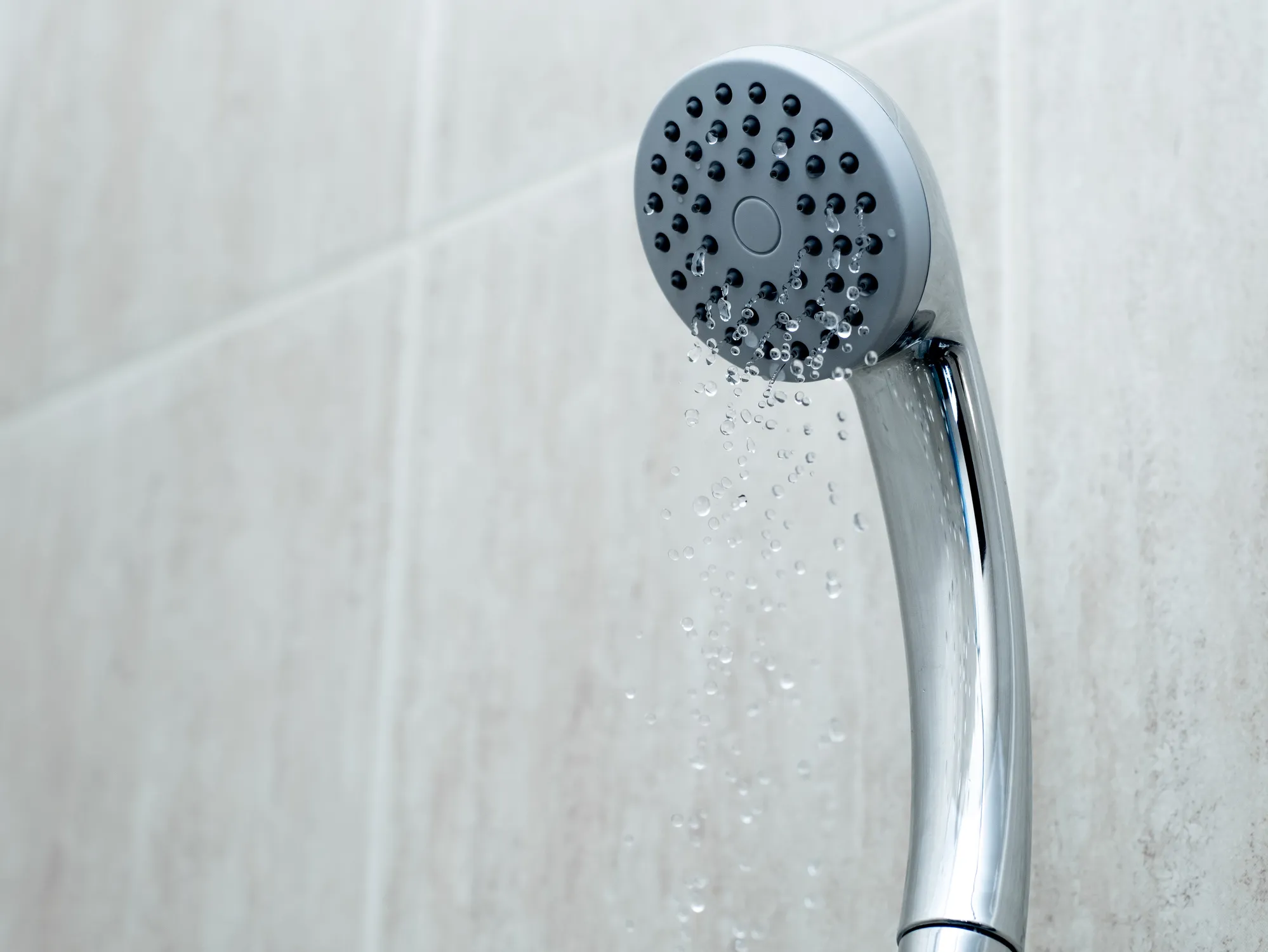Tips to Help Test Your Home’s Water Pressure
Going through water pressure challenges can be a real nuisance. No matter if your shower has become a mere drizzle or your garden hose lacks its usual power, understanding and maintaining your home’s water pressure is required for getting things flowing again. Thankfully, evaluating your water pressure is a simple task that doesn’t call for special training. Discover the simple process of testing your water pressure at home, how to interpret the results and what a professional can do to correct any issues you find.
Why Should You Test the Water Pressure?
Understanding your home’s water pressure ensures a satisfying shower, but more importantly, it protects your plumbing system from harm. Similar to how you regularly check the oil in your car, assessing your water pressure a few times a year can prevent bigger problems down the road.
After all, low water pressure is annoying, but high water pressure can significantly damage your plumbing system, including pipe connections, water heaters and appliances. The possibility of blowouts in flexible lines, like those connecting to your washing machine and dishwasher, goes up with high water pressure, potentially leading to leaks and extensive water damage. Checking your water pressure and making corrective actions after looking at the results can prevent these issues.
Necessary Equipment for an At-Home Water Pressure Test
To start out, you need a basic and affordable tool called a pressure gauge. These are readily available at hardware or home improvement stores. When selecting a gauge, look for one with female hose threads (to easily attach to an outdoor faucet or hose bib), a rubber gasket for a tight seal and the potential to measure up to 300 pounds per square inch (psi).
Step-by-Step Guide to Testing Water Pressure
With a pressure gauge at the ready, you’re set to determine your home’s water pressure. Just follow these steps:
1. Preparation: First, confirm that all water outlets in your home are switched off. Make sure you check the following: faucets, showerheads, dishwashers, washing machines, refrigerator ice makers and sprinkler systems. Any water usage during testing may alter your readings and give a false perception of low pressure.
2. Connect the pressure gauge: Attach the gauge to an exterior faucet or hose bib. If your water is derived from a municipal source, connect it to the faucet nearest to the water meter for the most accurate reading. For homes that use a well system, connect it to a hose bib in the vicinity of the well’s pressure tank.
3. Determine the pressure: Tighten the gauge by hand and open the faucet all the way. Now, look at the readout to find the pressure. An ideal reading ranges from 45 to 55 psi. If your reading is below 40 psi or above 80 psi, it’s time to seek assistance.
Addressing Water Pressure Issues
Here are things you can do to fix high or low water pressure:
- High pressure: Set up a water pressure regulator on your water main. This tool keeps the pressure at a maximum flow of 75 psi. Even if you already have a regulator, it’s smart to check the pressure on a regular basis, as regulators can fail without obvious symptoms.
- Low pressure: To begin with, look over any current pressure regulators, which should be set to about 50 psi. Adjusting the screw on top should strengthen the flow. If a pressure regulator isn’t the culprit, the problem might be with the municipal water supply. In this case, using a water pressure booster may aid in raising the pressure.
- Normal pressure: If your pressure has a reading that falls within the ideal range, no further action is required. Just don’t forget to test your water pressure periodically to ensure it continues to be within this range.
When to Reach Out to a Pro for Water Pressure Problems in Calgary
If you’re not sure about testing the water pressure yourself, or if you’ve discovered an issue that needs professional attention, don’t hesitate to contact A1 Chesney Service Experts. Our skilled plumbers can help you test your water pressure, diagnose issues and check to be sure that no fixtures have been negatively affected by high pressure. We can also give you a hand in installing a pressure regulator or booster if that’s what your home needs. Thanks to our 100% satisfaction guarantee, you can count on us to make the correct fix the first time around. The next time you encounter water pressure problems or other plumbing difficulties in Calgary, call A1 Chesney Service Experts to schedule an appointment. We’re here when you need us!

